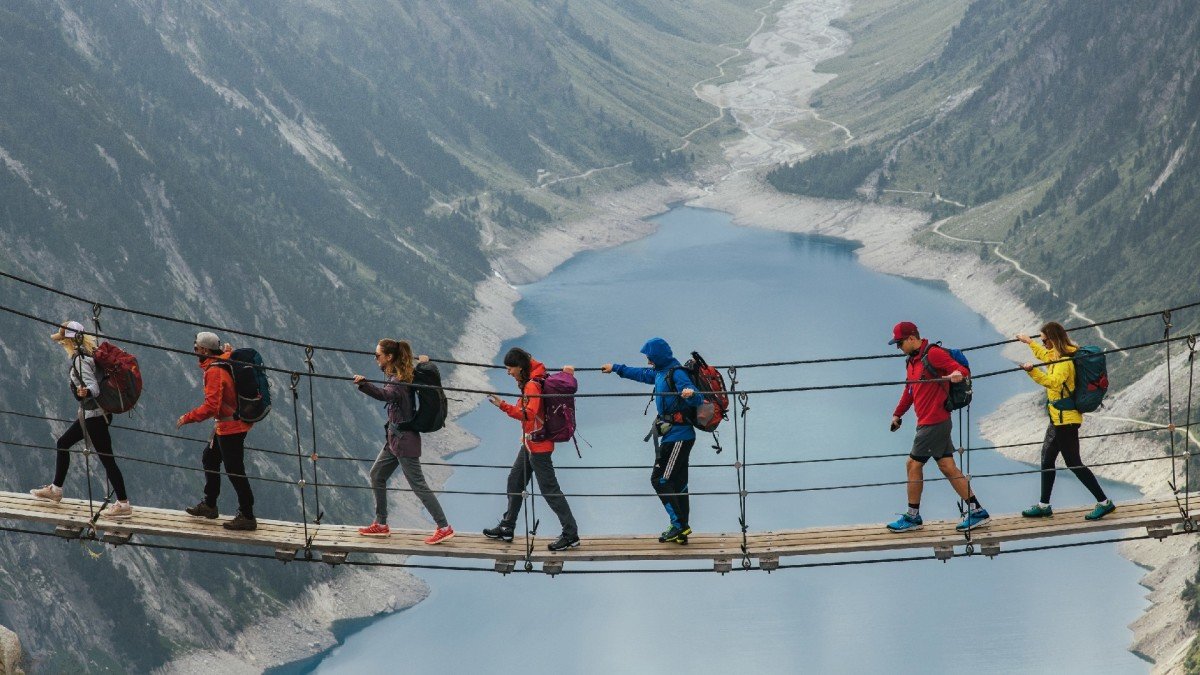Organizing an outdoor adventure club is a rewarding way to connect with like-minded individuals, explore nature, and foster a sense of community. Whether you’re passionate about hiking, camping, rock climbing, or exploring local trails, creating a successful outdoor adventure club requires careful planning and enthusiasm. In this guide, we’ll walk you through the steps to establish and manage an engaging Outdoor Adventure Club that inspires members to explore the great outdoors together.

Establishing Your Outdoor Adventure Club
Establishing a solid foundation is essential for launching an Outdoor Adventure Club that attracts members and sustains interest over time.
- Define Your Mission: Clearly define the purpose and goals of your club, such as promoting outdoor recreation, conservation awareness, or skill development.
- Identify Target Audience: Determine the demographic and interests of potential members, whether students, young professionals, families, or outdoor enthusiasts of all ages.
- Choose Club Activities: Select a range of activities that cater to different skill levels and interests, from beginner-friendly hikes to advanced rock climbing excursions.
Recruitment and Membership
Recruiting members is key to the success and vitality of your club. Use these strategies to attract new members and retain their interest:
- Promote Your Club: Use social media, local community boards, and outdoor forums to advertise your club and attract prospective members.
- Host Information Sessions: Organize informational meetings or events to introduce potential members to the club’s mission, activities, and benefits.
- Offer Trial Memberships: Allow newcomers to participate in a trial activity before committing to membership fees, providing a taste of the club’s offerings.
Planning and Organizing Activities
Successful outdoor adventure clubs offer a diverse calendar of activities that appeal to members’ interests and skill levels:
- Create a Calendar: Plan regular outings, events, workshops, and social gatherings throughout the year. Consider seasonal activities like skiing in winter and kayaking in summer.
- Delegate Responsibilities: Assign roles such as trip leaders, event coordinators, and safety officers to ensure smooth organization and execution of activities.
- Encourage Member Involvement: Solicit activity ideas and feedback from members to ensure activities align with their preferences and skill levels.
Safety and Risk Management
Prioritizing safety is paramount when organizing outdoor activities. Implement these safety measures to protect members and minimize risks:
- Develop Safety Protocols: Establish clear guidelines for trip preparation, equipment checks, emergency procedures, and group communication during outings.
- Train Leaders: Provide leadership training and certification in first aid, CPR, wilderness survival, and outdoor navigation for designated trip leaders.
- Assess Conditions: Monitor weather forecasts and trail conditions before each outing, and be prepared to adjust plans or cancel activities if safety concerns arise.
Building Community and Engagement
A strong sense of community enhances member satisfaction and encourages long-term participation in your outdoor adventure club:
- Host Social Events: Organize social gatherings, potluck dinners, campfire nights, or outdoor movie screenings to foster camaraderie among members.
- Create Online Forums: Utilize online platforms or group chats to facilitate communication, share trip photos, exchange tips, and coordinate carpooling.
- Recognize Achievements: Celebrate member milestones, such as completing a challenging hike or obtaining a new outdoor skill, to motivate and inspire others.
Sustainability and Conservation Efforts
Promote environmental stewardship among club members and minimize your club’s impact on natural areas:
- Leave No Trace Principles: Educate members about Leave No Trace principles to preserve wilderness areas and minimize ecological footprint during outings.
- Volunteer Opportunities: Participate in conservation projects, trail maintenance activities, or beach cleanups to give back to the outdoor spaces you enjoy.
- Educational Workshops: Host workshops or guest speakers on topics such as wildlife conservation, sustainable practices, and climate change awareness.
Financial Management and Resources
Ensure financial sustainability and resource allocation to support club activities and growth:
- Membership Fees: Determine reasonable membership dues or fees to cover operational costs, equipment purchases, and liability insurance.
- Seek Sponsorship: Partner with local businesses, outdoor gear retailers, or outdoor education providers to secure discounts, sponsorships, or donations.
- Budget Planning: Develop a budget outlining anticipated expenses and revenue sources, and regularly review financial records to maintain transparency and accountability.
Conclusion
In conclusion, organizing the best Outdoor Adventure Club requires dedication, organization, and a passion for outdoor exploration. By establishing a clear mission, recruiting enthusiastic members, planning diverse activities, prioritizing safety, fostering community engagement, promoting sustainability, and managing resources effectively, you can create a thriving club that enriches members’ lives through memorable outdoor experiences.











